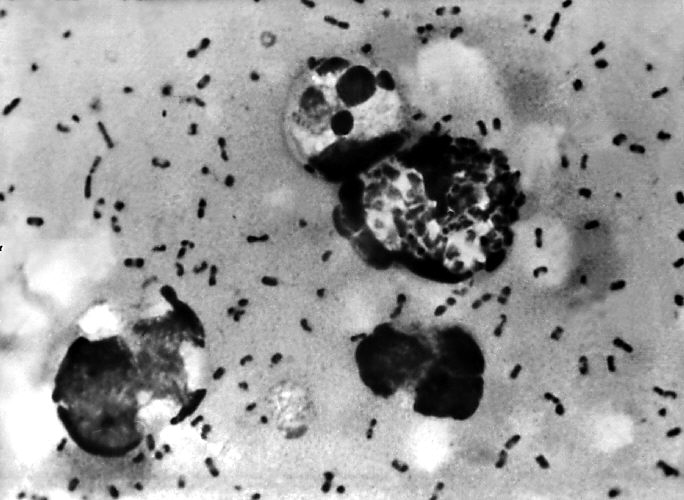The Centers for Disease Control and Prevention (CDC) is advising health care providers to consider the diagnosis of plague in any patient with compatible signs or symptoms, residence or travel in the western United States, and recent proximity to rodent habitats or direct contact with rodents or ill domestic animals in a recent MMWR report after reporting a small increase in human plague cases in 2015 to date.

Plague is a rare, life-threatening, flea-borne zoonosis caused by the bacterium Yersinia pestis.
Since April 1, 2015, a total of 11 cases of human plague have been reported in residents of six states: Arizona (two), California (one), Colorado (four), Georgia (one), New Mexico (two), and Oregon (one).
During 2001–2012, the annual number of human plague cases reported in the United States ranged from one to 17 (median = three cases). The CDC says it is unclear why the number of cases in 2015 is higher than usual.
Suspicion of plague should prompt 1) collection of blood, bubo aspirate, or sputum samples for Y. pestis diagnostic testing; 2) implementation of isolation and respiratory droplet precautions for patients with respiratory involvement; 3) immediate antibiotic treatment (before laboratory confirmation); and 4) notification of public health officials. Y. pestis–specific testing is available at state health laboratories.
The mortality rate for untreated plague has ranged from 66% to 93%; however, in the antibiotic era, mortality has been reduced to approximately 16%. Prompt treatment with antimicrobials such as aminoglycosides, fluoroquinolones, or doxycycline greatly improves outcome.


2 thoughts on “CDC advise health providers to consider plague diagnosis under certain conditions”